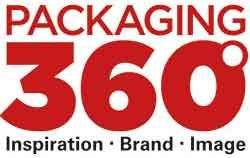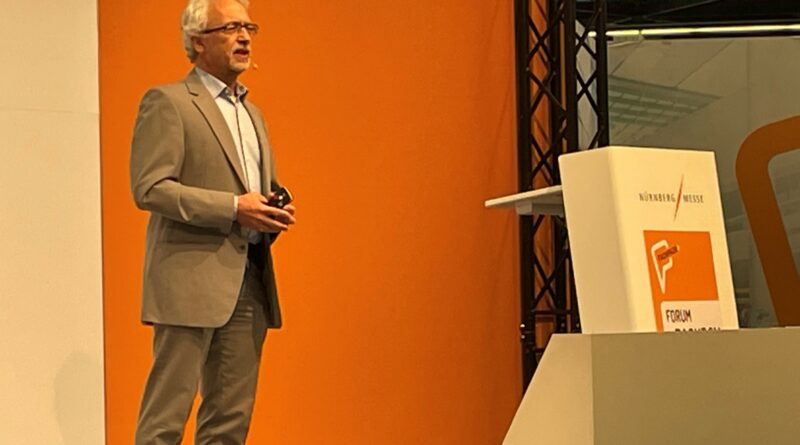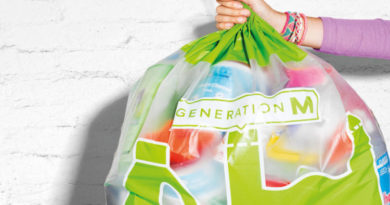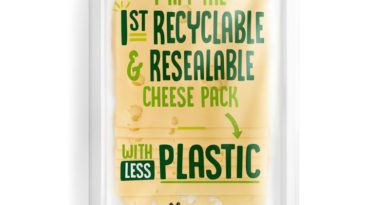Invisible Signs for Visible Sustainability
“The megatrend of digitization and automation – what does it mean for packaging printing” was one of the topics discussed by the flexographic printing trade association DFTA at the PACKBOX forum at FACHPACK. Jürgen Dornheim, sustainability and packaging expert from Procter & Gamble reported on the “Holy Grail” initiative.
“True sustainability means innovation,” says Jürgen Dornheim, Director Packaging and Sustainability at Procter & Gamble. So, if you want to improve the circular economy, he says, you must try new ways. The “Holy Grail” initiative aims to improve waste sorting by using new identification systems in consumer goods packaging. The product packaging is digitally watermarked to help improve packaging sorting processes and achieve more efficient recycling.
In 2016, the Group had launched the “HolyGrail” project in collaboration with the Ellen MacArthur Foundation as part of the New Plastics Economy. The project was led by P & G from 2016 to 2019 and included several investigations into improved sorting using fluorescent markers or digital watermarks, for example.
“HolyGrail” was then followed by “Holy Grail 2.0” in 2020. The follow-up project focuses exclusively on digital watermarks for intelligent sorting and is being driven significantly by the European Brands Association (AIM) with the support of the “Alliance to End Plastic Waste” initiative. More than 130 member companies and organizations from across the packaging value chain support the project – including, as before, P&G. The semi-industrial test-run with more than 100 products started in Europe in September 2021.
Test-phase running successfully
As a member of the “HolyGrail 2.0” initiative, P&G continues to work at full speed with its partners to make this lighthouse project for even better recycling cycles a success, he said.
“Digital watermarks can also be applied mechanically,” Dornheim explained. No printing inks are needed for this. But first and foremost, he said, it was about labels as a material basis. Tiny QR codes are hidden in the print, invisible to the human eye. These codes are distributed over the entire surface of a package so that, for example, part of the codes can still be recognized during sorting after packaging damage in the waste garbage can.
According to Dornheim, test-phases have shown that up to 99 percent of the watermarks are recognized during sorting. That was an enormously good rate, commented DFTA Managing Director Nicola Kopp-Rostek, who moderated the forum.




